Dual cameras on smartphones: all the different types explained
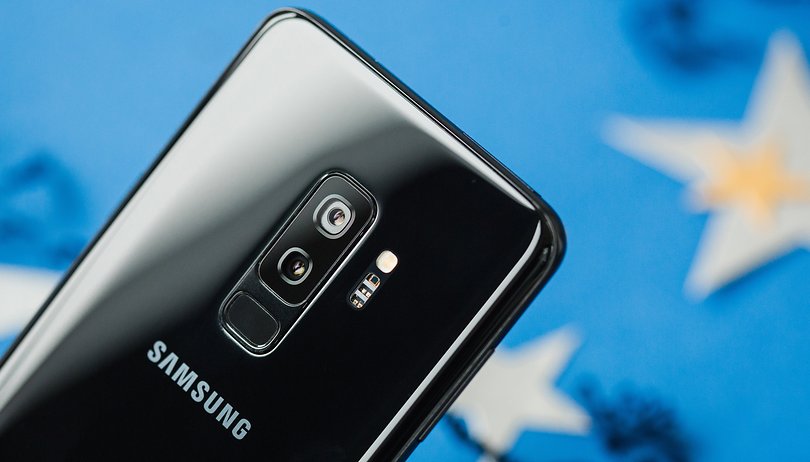

Dual cameras are one of the trends of today's smartphones, along with 18:9 bezel-less displays. But there's more than one kind of dual camera. What type your smartphone has depends on the manufacturer's objectives. We'll take a look at the different types of dual camera sets and explain the important differences
Like many supposedly modern fashions, the dual camera on smartphones has been around longer than you might think. In 2011 HTC launched the EVO 3D with two cameras. Then, in 2014, the HTC One M8, another model with a dual camera. Apple, the supposed trend-setter, only had a dual camera from the iPhone 7 Plus in 2016, after the LG G5 had already turned heads with it.
Interested in a particular type of dual camera set? You can jump ahead to:
- Camera with depth sensor
- Camera with monochrome sensor
- Wide-angle (or super-wide) camera
- Telephoto camera

Camera with depth sensor
It is one of the simplest sensors and therefore one of the least used. As the name itself says, it is the sensor dedicated to highlighting the depth of the photo. Yes, we're talking about the famous little-used portrait mode, or bokeh (who do you know who actually uses this mode?).
In this set, one of the sensors makes the three-dimensional reading in the scene, determining what is in front and what is behind. The second sensor confirms the information and together they can form images with the background blurred. This is an effect that good lenses of DSLR cameras do naturally, thanks to the set of lenses that integrate it.
On the smartphone, this set is simulated, and although we have two cameras, they do not accurately capture three-dimensional objects, so we often see photos in this mode that have ears, hair and glasses with blurred parts. This blurry effect is also not super accurate, because it blurs the background of the image equally, something that DSLR lenses do not.
Being a sensor that does just that and nothing more, it is practically no longer used in smartphones, except on the simpler models. Other sensors, more powerful, can emulate the depth and still offer different functions.
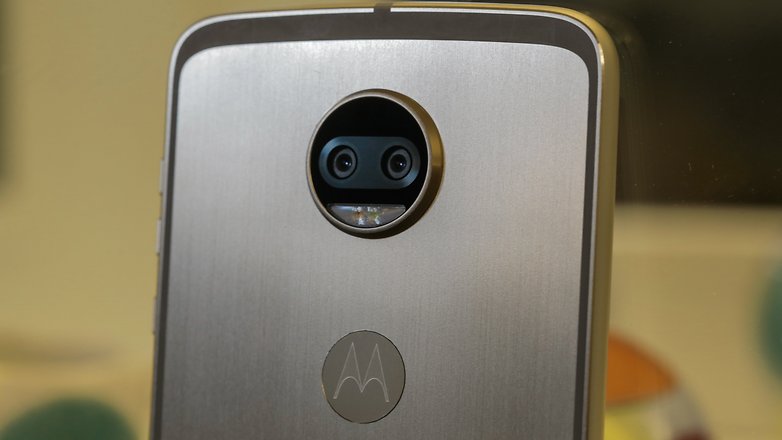
Camera with monochrome sensor
This sensor is a feature beloved by Motorola phones. Both the Moto Z2 Force and the Moto G5S Plus have a common, colored, and monochromatic sensor. This sensor is often identical to the color equivalent, with the same specifications even aperture and megapixels.
The big difference is the lack of the RGB filter on this sensor, which causes it to lose any color information, but also has less filter layer, allowing more light to enter. So, this sensor ends up having two utilities: better black and white photos (so-called true black and white, since you do not need to have a color photo and remove the color digitally) and photos with higher quality and more light input.
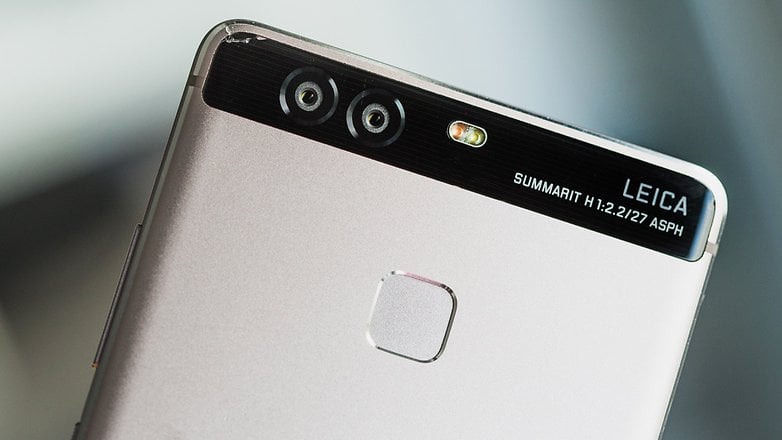
It is also possible to use this sensor to offer portrait mode, as the aforementioned Motorola handsets do, but it can be used for more advantages. One of the best examples of the application of this sensor is in the Huawei P9, thanks to the Leica lenses.
Wide-angle (or super-wide) camera
When you look at the back of a smartphone and each camera looks quite different, one of them is likely to be a wide angle. It is with this type of dual camera that you get the most extraordinary photos, those that can capture more image than an ordinary camera.
The dual camera present in the LG G5 is a wide angle (or super wide angle, as it is sometimes called). While one of them has a 16MP, 29mm sensor with f / 1.8 aperture, the second one is quite different, featuring an 8MP, 12mm sensor and f / 2.4 aperture. This second camera, although it looks inferior, is the one that gives a much more open angle with its 12 millimeters.
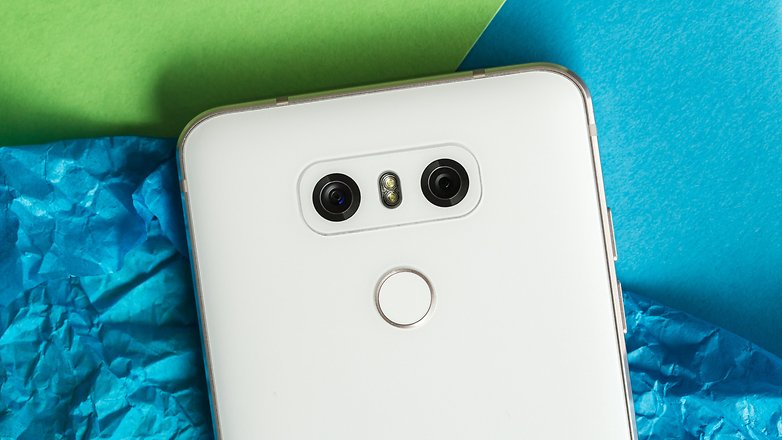
Generally, cameras allow you to take both normal and open-angle shots at the touch of a button or zoom in on the interface. The G5 camera was one of the first and had a lot of distortion, but the latest ones already do a great job, including the LG G6.
Other examples include the Moto X4 and Zenfone 4, both with wide-angle sets (with telephoto, as I'll explain below), and again we notice the pattern of one superior main camera and one inferior assistant lens, often with focus, which makes the photos wide-angle. You can take very interesting photos with this set-up.
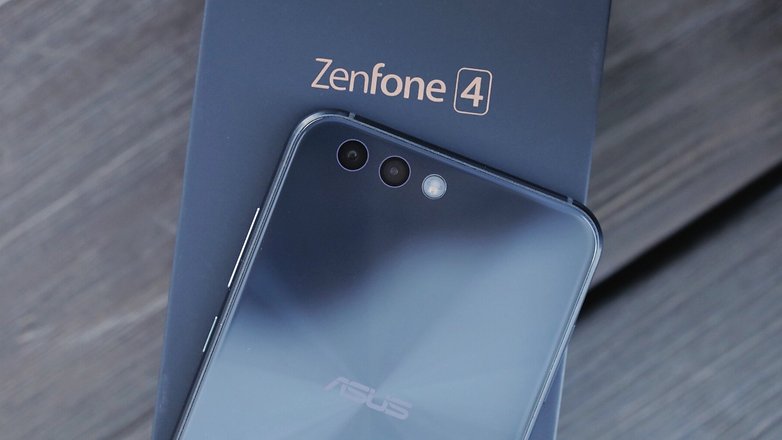
Telephoto camera
This is what we tend to find in the top-range smartphones available today. The newer iPhones, Galaxy Note 8, Galaxy S8+ and S9+ have this set, which works the opposite way of a wide angle, bringing better zoom-in.
But it is not only in zooming that the telephoto lens brings advantages, and that is why this set is the most versatile and most adopted by the best handsets. First of all, it obviously improves the quality of the zoom, which usually goes to 2x. A 2x optical zoom is much better than a digital one, and even if the camera works with digital zoom, it will do so over 2x optics, improving quality as a whole.
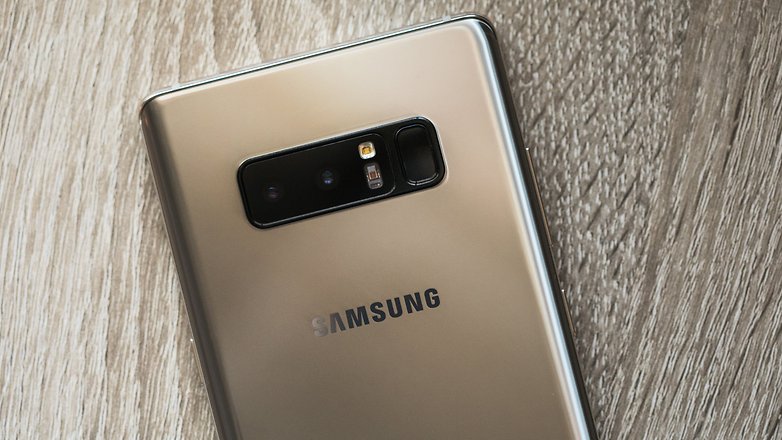
Secondly, this is the set that enhances portrait mode. The telephoto camera allied to the main camera - which in this case also acts as a depth sensor - can bring much more satisfactory results from the background blur (of course, as we can see from Google's Pixel phones, it is quite possible to do the same thing with only one camera, but anyway ...).
In some cases, as in Moto X4, Samsung Galaxy Note 8, OnePlus 5T, Zenfone 3 Zoom, Xiaomi Mi A1 and others, this set ends up being a mixture of two sets, having a telephoto camera and a wide angle, bringing many more possibilities. However, the wide angle is not as strong as in those cases where there is only one normal and one wide angle camera.
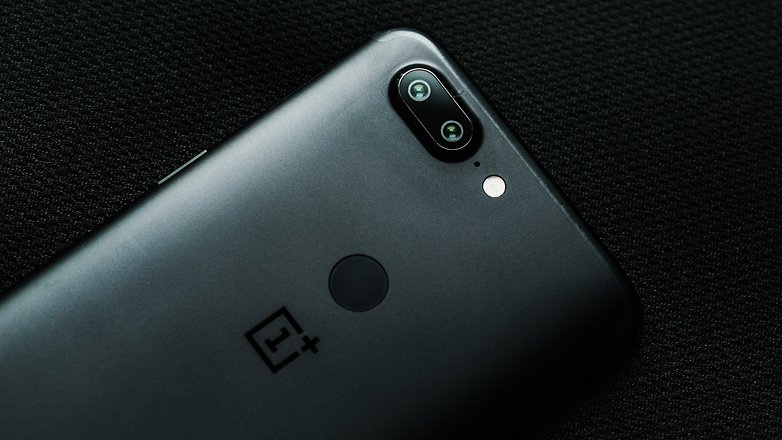
It is probably in this hybrid set that manufacturers will invest to improve camera functions and quality. There is still a problem with this set, and the telephoto camera is still lower than the main one, bringing great differences of picture in a single device, but this is already being improved, with Galaxy Note 8 having stabilization in its secondary camera, just like the iPhone X.
- How to take amazing photos using the manual mode on Android
- The best camera tips for improving your smartphone photography
Are dual cameras the future? Impossible to say right now. Right now, many manufacturers' R&D labs have their handsets planned out for the next two or three years, but neither you nor I know whether they contain a dual set or not. Just be aware that the Huawei P20 Pro comes with three rear cameras, and hopefully that will stop there.
Do you use a dual camera device? What do you think about the set?














My next phone will be bought primarily for the camera, and this is a helpful rundown on the new hardware. You might do some follow-up on whether and how the OEMs and third party apps are a) implementing camera2 API and how that affects lens and sensor configurations, and b) building apps to make use of different configurations. From some recent comparative testing of third party apps for my current (aging) phone I'm getting the idea that (compared with Apple devs) third-party app developers are getting "lost in space" trying to keep up with the huge range of Android API and OEM hardware implementations.
I wish THIS>> samsung.com/global/microsite/galaxycamera/s4zoom/
Would have ended up being "a thing" but, the entire slim, colorful, sexy & stylish garbage took over, which means it will never again see the light of day. They had the perfect solution for smartphone cameras. 16MP sensor, which is MORE than enough for 99.9% of people, a 10x optical zoom lens, which obviously beats a digital zoom any day of the week, along with OIS. Now we get slimmer phones, smaller batteries, gimmicks like dual, triple cameras, with the super tiny image sensors, and of course, "slim, sexy, stylish, colorful" along with more expensive.